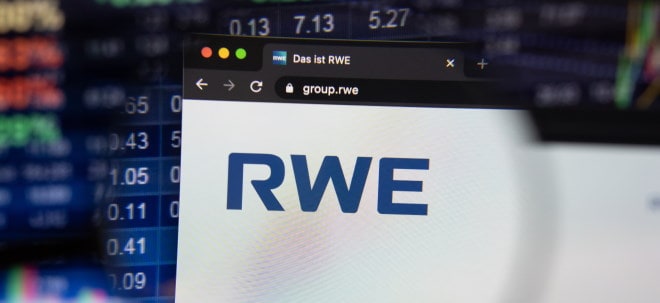Moving Averages: Your Guide to Profitable Trading Strategies in 2024

Unlock the Power of Moving Averages for Smarter Trading
The moving average (MA), often abbreviated as GD, remains a cornerstone of technical analysis for traders and investors alike. Its enduring popularity stems from its adaptability and effectiveness in identifying trends, smoothing out price fluctuations, and generating trading signals. But how can you truly harness the power of moving averages to enhance your trading decisions? This comprehensive guide will explore the different types of moving averages, their practical applications, and how to integrate them into your trading strategy for optimal results.
Understanding the Basics: What is a Moving Average?
At its core, a moving average calculates the average price of an asset over a specific period. This period can range from a few days to several months, and the choice of period significantly impacts the sensitivity of the moving average to price changes. Unlike static averages, moving averages are constantly updated as new price data becomes available, hence the name 'moving'. This dynamic nature allows them to adapt to evolving market conditions.
Types of Moving Averages: Choosing the Right One
Several variations of moving averages exist, each with its unique characteristics and suitability for different trading styles:
- Simple Moving Average (SMA): The most basic type, calculated by summing the closing prices over a specific period and dividing by the number of periods.
- Exponential Moving Average (EMA): Gives more weight to recent prices, making it more responsive to current price action. This is often preferred by short-term traders.
- Weighted Moving Average (WMA): Similar to EMA, but allows for more granular control over the weighting of prices.
Practical Applications of Moving Averages
Moving averages offer a wide range of applications in trading:
- Trend Identification: A rising moving average indicates an uptrend, while a falling moving average signals a downtrend.
- Support and Resistance Levels: Moving averages can act as dynamic support and resistance levels, providing potential entry and exit points.
- Crossovers: When a shorter-period moving average crosses above a longer-period moving average, it's considered a bullish signal (golden cross). Conversely, a crossover below is a bearish signal (death cross).
- Divergence: Divergence between price and a moving average can indicate a potential trend reversal.
Integrating Moving Averages into Your Trading Strategy
To maximize the effectiveness of moving averages, consider the following:
- Combine with Other Indicators: Don't rely solely on moving averages. Use them in conjunction with other technical indicators like RSI, MACD, or Fibonacci retracements for confirmation.
- Backtest Your Strategies: Before implementing any trading strategy based on moving averages, backtest it on historical data to assess its performance.
- Adjust Period Lengths: Experiment with different moving average periods to find what works best for the asset you're trading and your trading style.
- Understand Market Conditions: Moving averages perform differently in trending versus ranging markets.
Conclusion: Mastering Moving Averages for Trading Success
Moving averages are powerful tools that can significantly enhance your trading decisions. By understanding their different types, applications, and limitations, you can integrate them effectively into your trading strategy and improve your chances of achieving consistent profitability. Remember to always practice sound risk management and adapt your strategies to changing market conditions.



